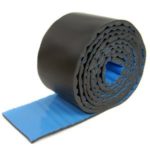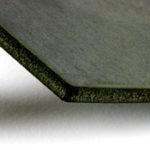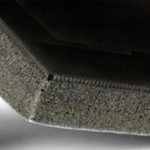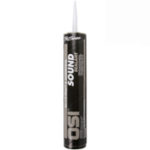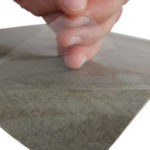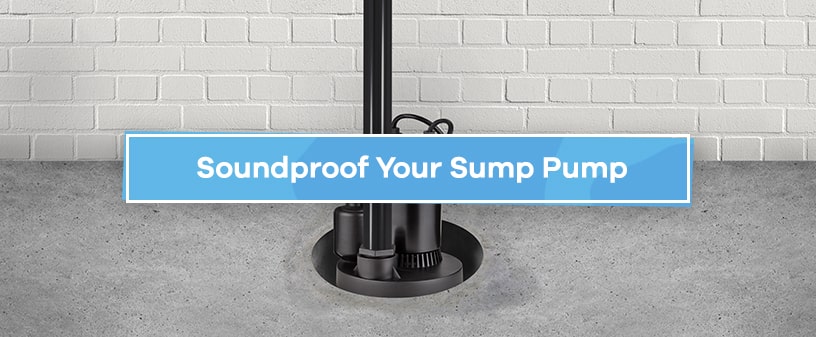
At Soundproof Cow, we help homeowners handle unwanted sounds from various sources, including sump pumps. Continue reading to learn how to quiet sump pump noise.
Causes of Sump Pump Noise
Loud noises from your sump pump can disturb your peace. Before you can address the noise, you need to understand the cause.
The noise you hear from your sump pump may be from its motor, especially if it is old or an above-ground unit. Otherwise, you can likely describe sump pump noise as rattling or gurgling.
Rattling comes from a piece vibrating against something else. For example, the discharge pipe may vibrate against the inside of the basin lid or along your basement’s wall.
Gurgling is the sound of water flowing through the discharge pipes. You’ll often hear gurgling when the sump pump activates. You may also hear this sound when water runs backward through the discharge pipe after a cycle.
How to Soundproof Your Sump Pump
Some sump pump noises indicate an issue requiring you to repair or replace part of the system. However, other noises may be from regular operation. If that’s the case, soundproofing can restore peace to your space. Here are a few sump pump noise reduction tips you can use at home.
1. Block Sound
Some of the noise your sump pump produces originates beneath the basin’s lid. Other noise comes from inside the pipes.
You can reduce how much you hear the motor inside the basin by removing the lid and installing mass-loaded vinyl barriers (MLV) underneath. The MLV will increase the lid’s density, adding to its soundproofing capabilities. Another common sump pump sound is water rushing through the discharge pipe. In this case, you can line the pipe with soundproofing pipe wrap.
If your home uses a pedestal sump pump, you may need to use a different strategy. Unlike submersible sump pumps, pedestal sump pumps are out in the open. Rather than placing your pedestal sump pump underground, you can build an enclosure to contain its noise.
To build a pedestal sump pump enclosure, purchase enough medium-density fiberboard (MDF) to cover the above-ground motor. Measure out four sides, a lid and a base. Line the inside of each MDF sheet with MLV. Then, cut a hole in the bottom for the pipe.
One side at a time, assemble a box around the motor. Use a drill to screw the box together, then seal the cracks with acoustical sound sealant.
2. Reduce Vibrations
Your sump pump’s motor may start to rattle over time. Lining the inside of the basin lid with MLV will limit how much you hear these vibrations. However, most of the vibrations you hear will come from the pump’s discharge pipe.
When the discharge pipe rattles against your basement’s walls, you can muffle the sound using sound deadening strips or soundproofing pipe wrap. You can also cushion the space between the pipe and wall with Quiet Barrier® MD Soundproofing Composite.
If the discharge pipe rattles where it meets the basin lid or flooring, cut out a piece of Echo Absorber™ Acoustic Cotton to line the inside of the opening.
Purchase Soundproofing Materials for Your Sump Pump
We have a wide range of materials that can quiet any sump pump. Please browse our pump soundproofing materials online or get in touch with us for advice from a soundproofing expert.




